Defining The Sound Perimeter: Music As A Universal Language
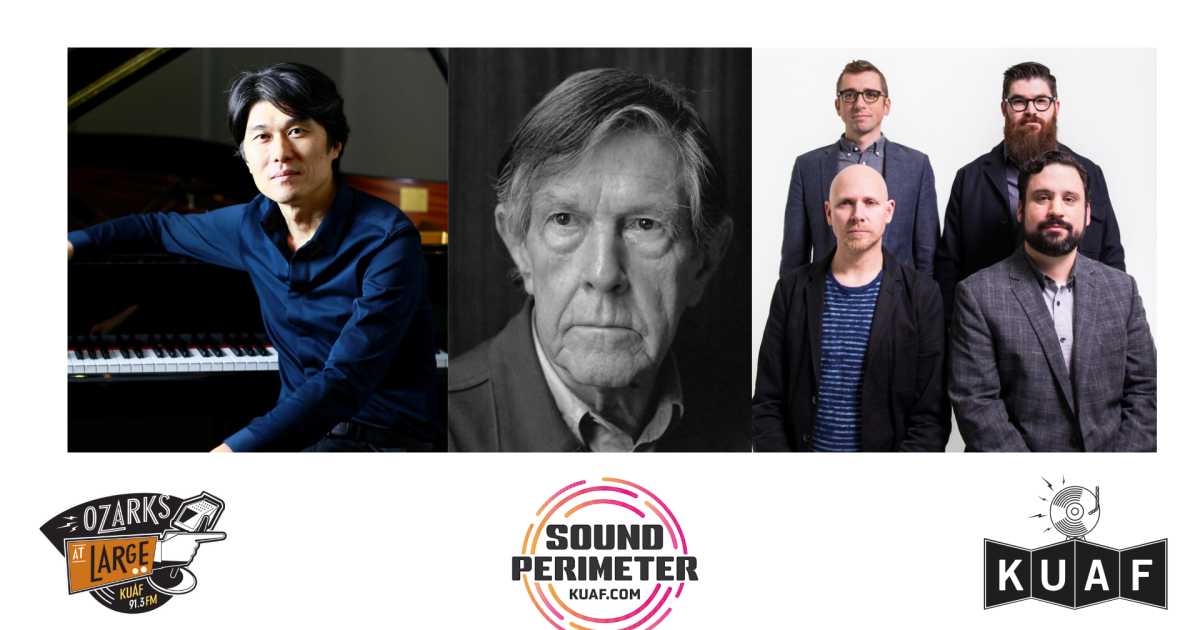
Table of Contents
Emotional Resonance: The Core of Musical Universality
Music's power lies in its ability to evoke deep emotional responses that transcend cultural differences. The core of "music as a universal language" is its capacity to tap into our shared humanity.
Shared Emotional Responses
Basic human emotions – joy, sorrow, fear, anger – are expressed and understood through music regardless of cultural background. Specific musical elements play a crucial role in conveying these emotions:
- Tempo: Fast tempos often convey excitement or happiness, while slow tempos suggest sadness or tranquility.
- Melody: Ascending melodies can express hope or triumph, while descending melodies can evoke feelings of sadness or loss.
- Harmony: Consonant harmonies often create feelings of peace and stability, while dissonant harmonies can express tension or conflict.
- Rhythm: Strong, driving rhythms can be energizing and uplifting, while irregular or complex rhythms can create a sense of unease or mystery.
Research studies, such as those conducted by Pat Savage and colleagues, have consistently demonstrated cross-cultural agreement in the emotional interpretation of musical elements, supporting the idea of a shared emotional vocabulary in music.
The Power of Rhythm and Melody
Our innate response to rhythm and melody is deeply rooted in our evolutionary history and neurological makeup. Rhythm, with its inherent pulse and pattern, reflects the natural rhythms of the human body and the environment. Melody, with its pleasing contours, taps into our brain's reward system, releasing dopamine and creating feelings of pleasure and satisfaction.
- Examples of rhythmic and melodic patterns found across diverse musical traditions include the use of call-and-response structures in African and African diaspora music, pentatonic scales in various folk traditions, and the prevalence of simple, repetitive melodies in lullabies worldwide.
- The brain's reward system, particularly the mesolimbic pathway, plays a vital role in our experience of music, explaining its addictive and emotionally rewarding qualities.
Musical Structures and Forms: Universal Patterns
Beyond emotional expression, the universality of music extends to its underlying structures and forms. These shared patterns suggest an inherent logic and beauty independent of cultural context.
Underlying Mathematical Principles
Mathematical ratios and patterns are fundamental to music across cultures. These proportions create harmony and consonance, contributing to the aesthetic appeal of music.
- Examples include the prevalence of diatonic scales based on the Pythagorean comma in Western music, similar intervallic relationships found in various non-Western musical systems, and the ubiquitous presence of the Golden Ratio in musical composition.
- Scholars like Hermann von Helmholtz and John Clough have significantly contributed to our understanding of the mathematical foundations of music, revealing the underlying structure that unites diverse musical traditions.
Archetypal Musical Forms
Certain musical forms, like verse-chorus structures, call-and-response patterns, and ternary forms (ABA), appear repeatedly in diverse genres and traditions. This suggests a shared, almost intuitive understanding of musical form.
- The verse-chorus structure is found in pop songs, traditional folk ballads, and even some forms of classical music. Call-and-response is prevalent in African, African American, and Caribbean musical traditions.
- These shared forms demonstrate that while musical styles vary greatly across cultures, there are underlying principles of organization that resonate universally, reinforcing the concept of "music as a universal language."
Music as a Tool for Communication and Connection
Music's capacity to transcend linguistic and cultural barriers makes it a potent tool for communication and connection. It fosters empathy and understanding, creating bridges between different communities.
Facilitating Cross-Cultural Understanding
Throughout history, music has played a significant role in bridging cultural divides and promoting peace. Musical collaborations and exchanges often lead to mutual respect and appreciation.
- Examples include the numerous collaborative projects between musicians from different cultural backgrounds, such as those involving world music ensembles, and the use of music in intercultural dialogues and peace-building initiatives.
- Specific instances where music has played a crucial role in fostering understanding include the use of music in conflict resolution, and the exchange of musical traditions between nations.
Music Therapy and its Global Impact
Music therapy is a powerful healing modality used worldwide, demonstrating music's therapeutic potential across cultures. Its effectiveness is independent of language or cultural background.
- Music therapy techniques are adapted to different cultural contexts, using familiar musical styles and instruments to create a comfortable and relatable therapeutic experience.
- The neurological basis for music's therapeutic effects lies in its ability to stimulate the brain's reward pathways, reduce stress hormones, and promote relaxation and well-being.
Conclusion
In summary, the universality of music stems from its profound emotional resonance, its shared structural elements, and its powerful role in communication and connection. Music as a universal language transcends linguistic and cultural boundaries, offering a means of understanding and empathy between people from all walks of life. The key takeaway is the significant role music plays in connecting people across cultural and linguistic divides. Embrace the beauty and power of music as a universal language. Explore different genres, cultures, and musical forms to deepen your understanding of this extraordinary phenomenon.

Featured Posts
-
 Switzerland Rebukes Chinas Military Exercises
May 21, 2025
Switzerland Rebukes Chinas Military Exercises
May 21, 2025 -
 Real Madrid Manager Search Klopps Agent Speaks Out
May 21, 2025
Real Madrid Manager Search Klopps Agent Speaks Out
May 21, 2025 -
 Detroit Tigers 8 6 Victory Over Rockies A Closer Look
May 21, 2025
Detroit Tigers 8 6 Victory Over Rockies A Closer Look
May 21, 2025 -
 Doubters To Believers A Klopp Era Liverpool Fc Review
May 21, 2025
Doubters To Believers A Klopp Era Liverpool Fc Review
May 21, 2025 -
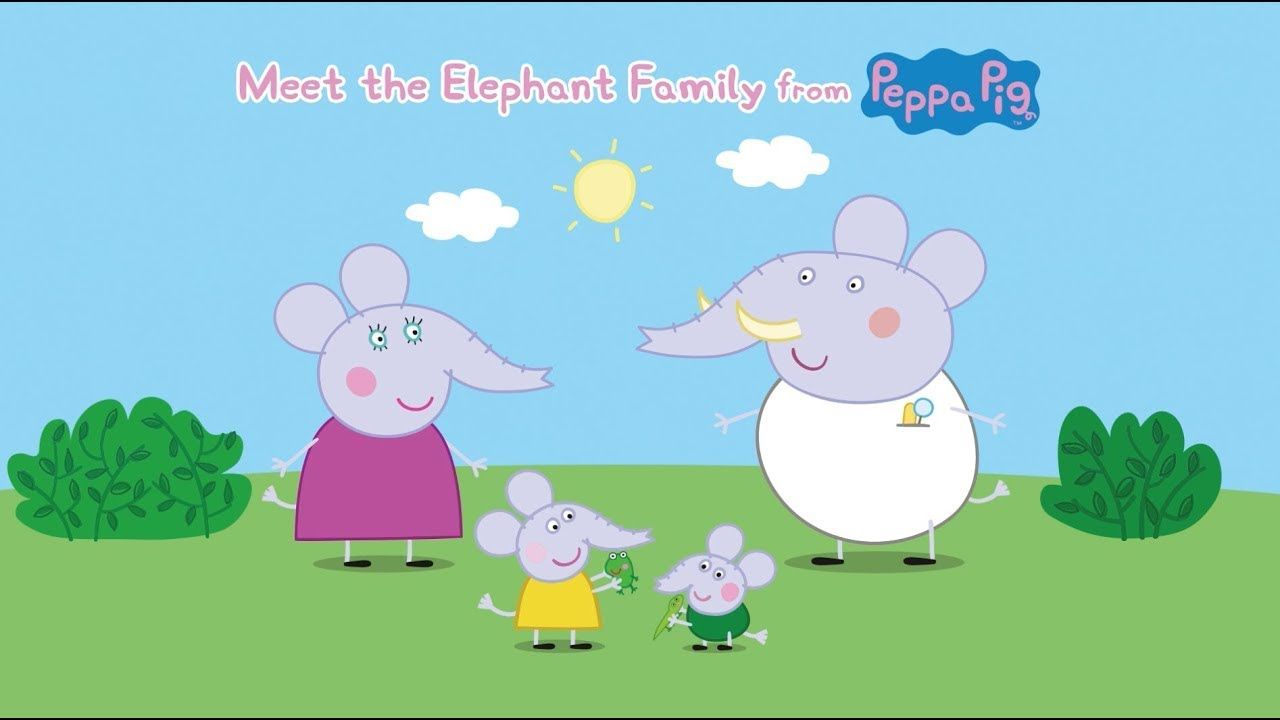 See Peppa Pig Meet The Baby In Cinemas This May 10 Episodes
May 21, 2025
See Peppa Pig Meet The Baby In Cinemas This May 10 Episodes
May 21, 2025
Latest Posts
-
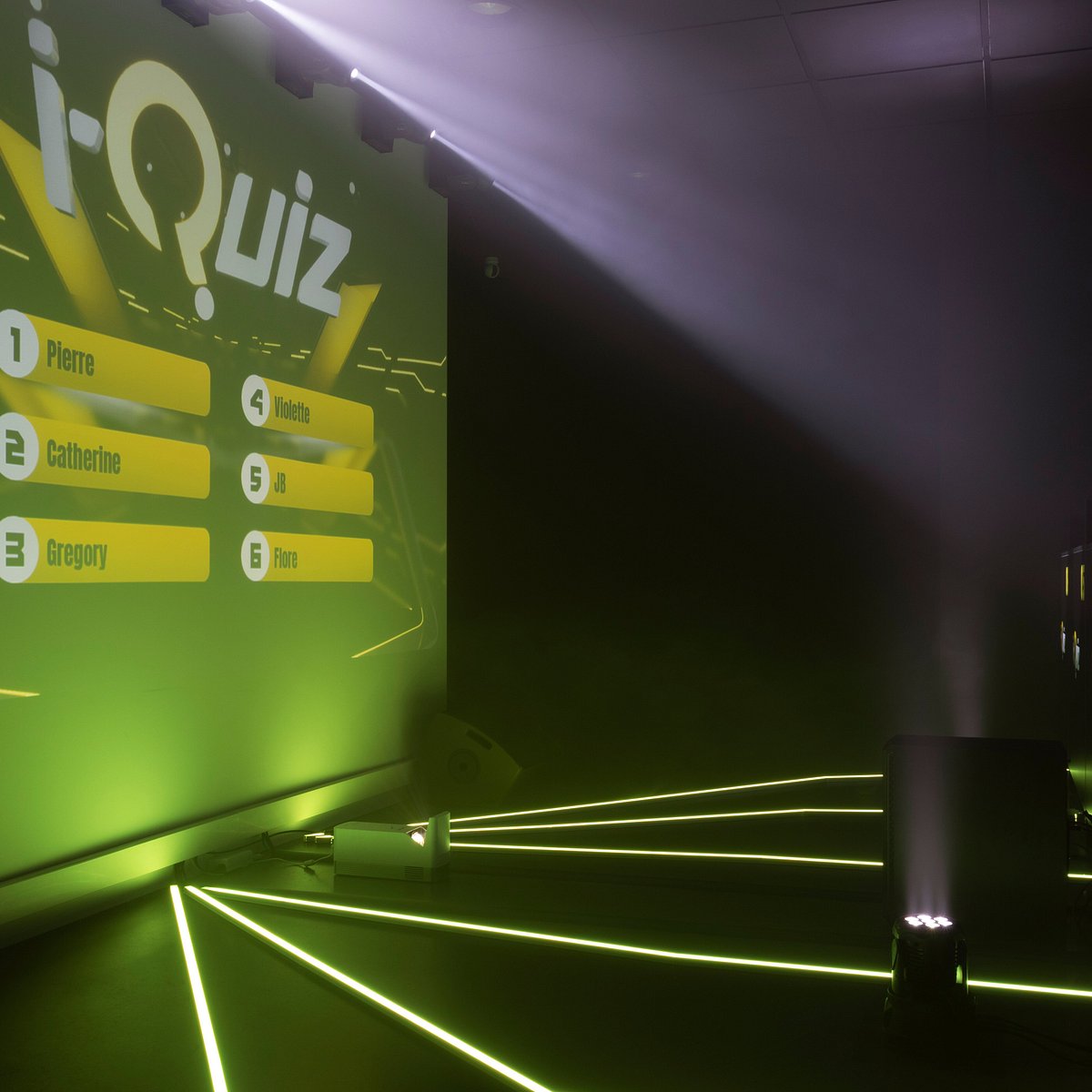 Connaissez Vous Vraiment La Loire Atlantique Un Quiz Pour Le Decouvrir
May 21, 2025
Connaissez Vous Vraiment La Loire Atlantique Un Quiz Pour Le Decouvrir
May 21, 2025 -
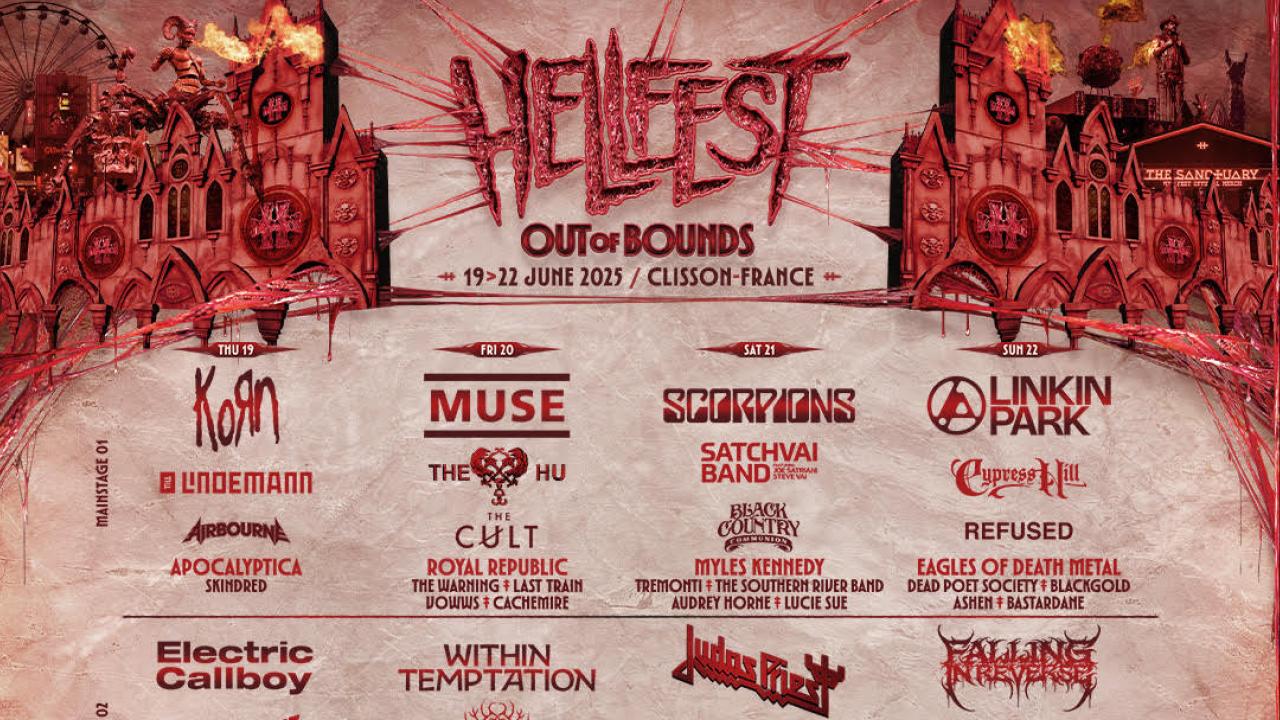 Novelistes A L Espace Julien Avant Le Hellfest
May 21, 2025
Novelistes A L Espace Julien Avant Le Hellfest
May 21, 2025 -
 Images Exclusives Le Theatre Tivoli A Clisson Projet Loto Du Patrimoine
May 21, 2025
Images Exclusives Le Theatre Tivoli A Clisson Projet Loto Du Patrimoine
May 21, 2025 -
 Novelistes L Espace Julien Avant Le Hellfest
May 21, 2025
Novelistes L Espace Julien Avant Le Hellfest
May 21, 2025 -
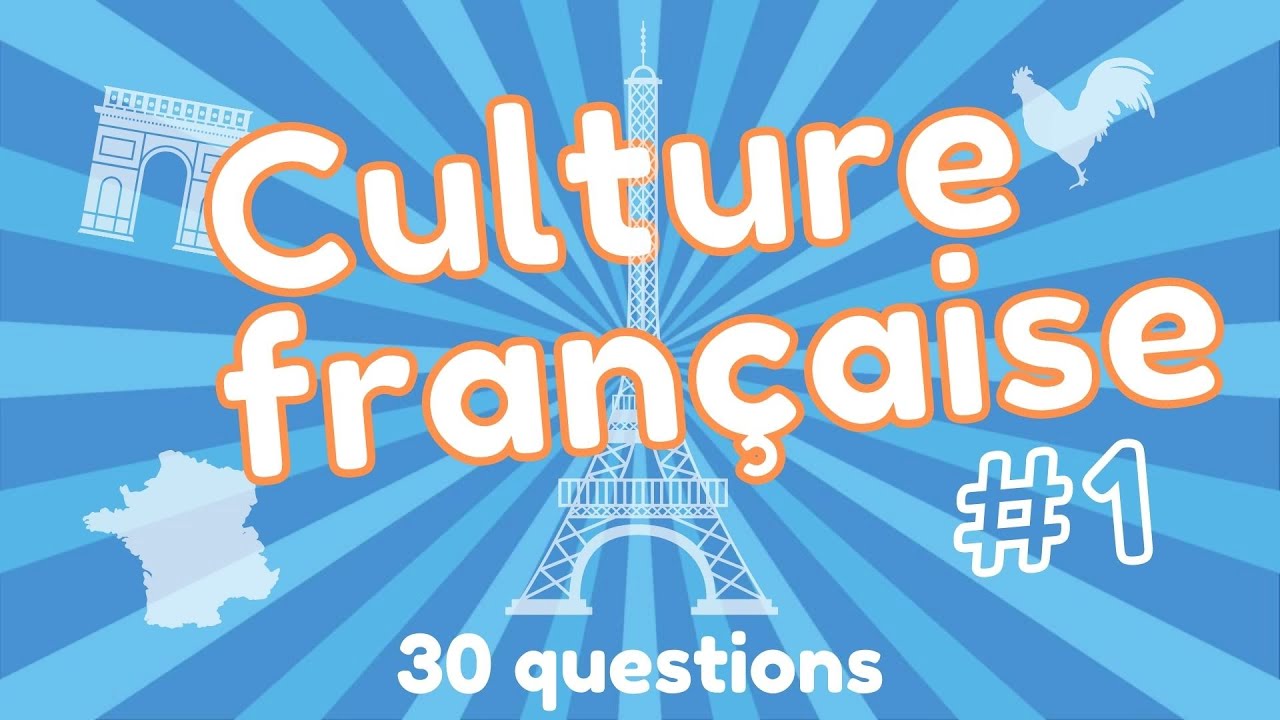 Loire Atlantique Un Quiz Pour Evaluer Vos Connaissances En Histoire Gastronomie Et Culture
May 21, 2025
Loire Atlantique Un Quiz Pour Evaluer Vos Connaissances En Histoire Gastronomie Et Culture
May 21, 2025
